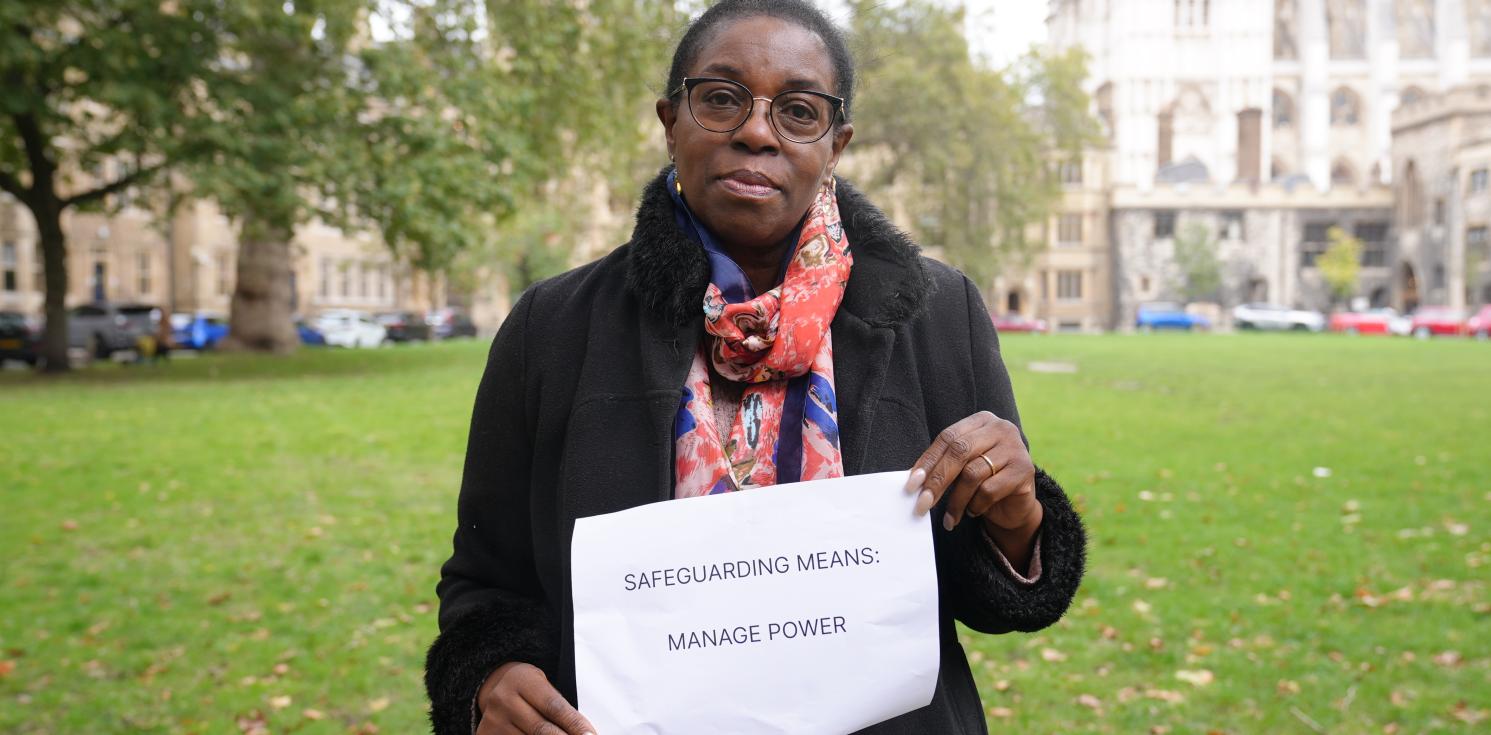Safeguarding: Managing power in chaplaincies

Safeguarding Sunday took place last month - 19 November 2023. Over the next few weeks, we are delving into the fundamental principles of creating a safe space for all. Last week, our focus centred on establishing good governance within a chaplaincy community. This week we look at managing power structures within the chaplaincy, based on the Thirtyone:Eight ‘Culture Cube’.
Acknowledging and addressing both formal and informal power dynamics are important for a more respectful and equal environment. This article explores encouraging diverse perspectives, modelling humility, and addressing power imbalances to promote dialogue and inclusivity.
Understanding formal and informal power structures
Formal power structures are evident through designated roles and positions, such as clergy, staff, or voluntary leaders. Informal power, on the other hand, can emerge from personal influence, social connections, or experience within the community. Recognising both these structures is vital to understanding how decisions are made and how power can be leveraged positively or misused.
Encouraging diverse perspectives
It is important to encourage decisions that incorporate diverse perspectives. Embracing a variety of viewpoints not only enriches discussions but also ensures that decisions are well-rounded. By welcoming input from different backgrounds, ages, and experiences, the chaplaincy community can make decisions that are reflective of its diversity, fostering a sense of belonging for everyone involved.
Modelling humility and respect
Leaders within the church hold influence over the community. It is imperative for these leaders to model humility and respect in their interactions. Leaders set a positive example for others to follow. They should challenge any behaviors or attitudes that do not value and treat people equally, fostering an atmosphere of mutual respect and understanding among all members.
Addressing power imbalances and promoting dialogue
Power imbalances can create division and hinder open communication. To safeguard the chaplaincy community effectively, these imbalances should be addressed openly and honestly. Promoting dialogue about power dynamics encourages transparency and can identify issues that need resolution.
For more information on Safeguarding in the Diocese in Europe, visit the safeguarding webpage.


